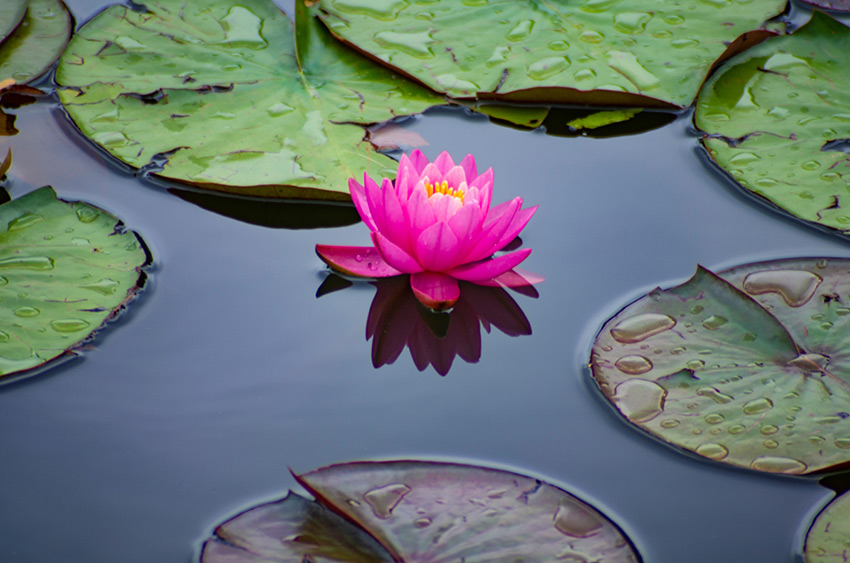If you’ve been living in your current property for more than a few years, chances are that you’re becoming tired of seeing the same old garden and lawn year after year when looking out of your windows – but you may also be at a loss as to what else can be done to provide a little extra natural beauty in your yard. One option that can provide a fabulous focal point on your lawn is a rain garden.
What is a Rain Garden?
A rain garden is that which consists of various native perennials, shrubs and flowers that have been planted in a small depression and it is usually formed on a naturally sloping part of a lawn. It’s designed in such a way that it can temporarily hold and soak in rainwater runoff from driveways, roofing, lawns and patio areas.
Rain gardens have the ability to remove up to 90% of chemicals and 80% of sediments from rainwater runoff and when compared to a regular lawn, this enables as much as 30% more water to soak into the ground than before.
Types of Rain Garden
Three types of rain garden can be created in your yard, namely simple, intermediate or advanced.
Simple
On the average residential property, a simple rain garden can be something as plain as a depression in the ground where plants and grass grow and help filter any water that accumulates after it has rained. A low-lying area in a yard with lawn that isn’t growing too well can be converted to a rain garden by choosing a few native plants that will thrive in either extremely dry or highly swampy conditions.
Intermediate
Larger rain gardens can often look like detention ponds, with the only difference being that it is effective at absorbing and filtering runoff. Once again, choosing the right combination of plants will help create a rain garden that can also act as a natural habitat.
Advanced
When a water quality system is incorporated into a rain garden, it allows it to become functional piece of green infrastructure that can be linked to a property’s current storm water system. For instance, it can be constructed with a settling area that has a natural filtration system to capture trash and sediments that would otherwise end up in a city’s drain system. In some cases, these setups can include a collection bag that will need to be emptied out at regular intervals.
Benefits of Rain Gardens
They prevent rainwater runoff from going into sewer systems
They can filter runoff before it reaches waterways and sewers
They can increase the flow of groundwater
They can create various natural habitats for wildlife, butterflies, birds and insects
They beautify neighborhoods, public parks and yards
There’s no need to think that creating a rain garden is going to take too much time and effort or be too expensive. Simply contact our team of experienced landscapers and an appointment can be set up to discuss the options that will be best suited to your yard.


